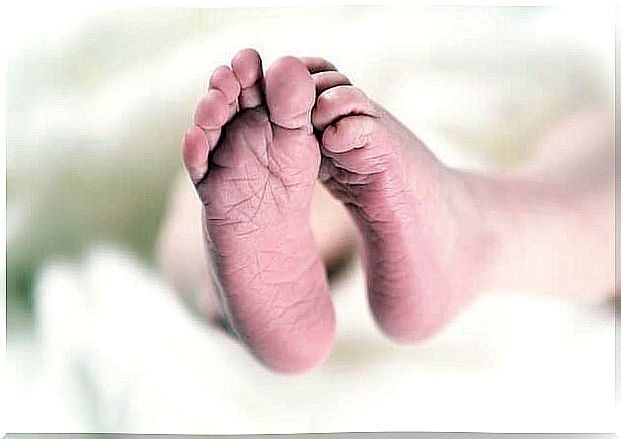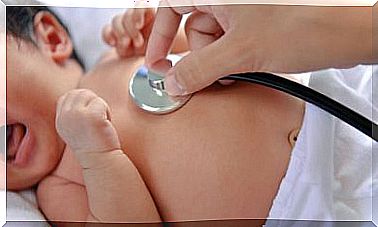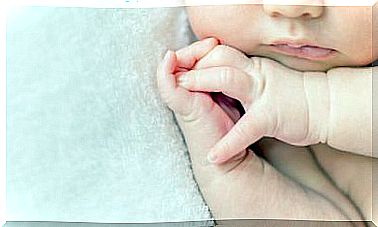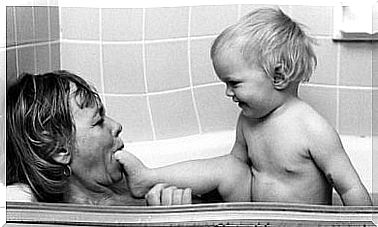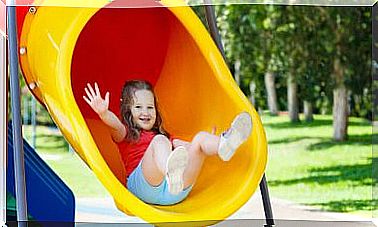What Is The Heel Test?
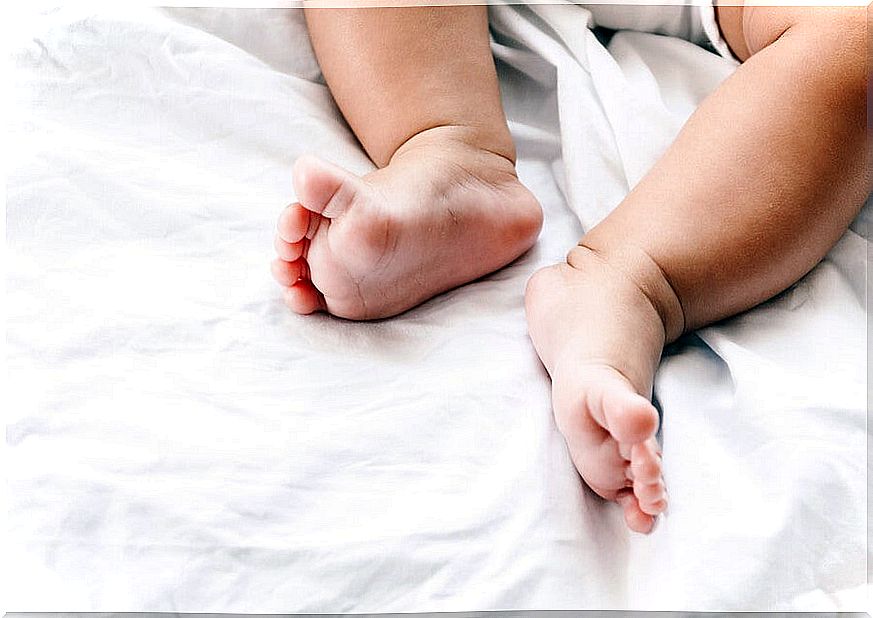
When a child is born, various tests are performed at the hospital. One of them is the heel test, which is carried out when the newborn is between 7 and 24 days old. It is a test that aims to detect innate errors of metabolism that can affect the development of the child before symptoms appear.
The heel test is carried out by drawing a few drops of blood to detect congenital diseases of the endocrine-metabolic system.
It is a clinical test for early diagnosis, which consists of a quick and superficial puncture in the heel. Once the baby’s blood drops are obtained, they are deposited on a special card. Later, they will be sent to a laboratory for analysis.
What is the heel test?
The test consists of a quick puncture that allows a few drops of blood to be taken from the heel. To perform the exam, the nurse carries out the puncture superficially and quickly, in order to minimize the baby’s pain.
Next, he will drop the drop of blood on a piece of paper. All this information will be sent to the laboratory to proceed with the subsequent analysis.
The results are received within 3 weeks, directly at the home of the child’s parents. On the other hand, if the sample is invalid, the test must be retested and the blood drawn from the baby’s heel again.
Despite all the precautions and sensitivity of healthcare personnel, the baby will probably react to pain and fear through a desperate cry. For this reason, we recommend that the mother be immediately available to comfort and calm the little one.
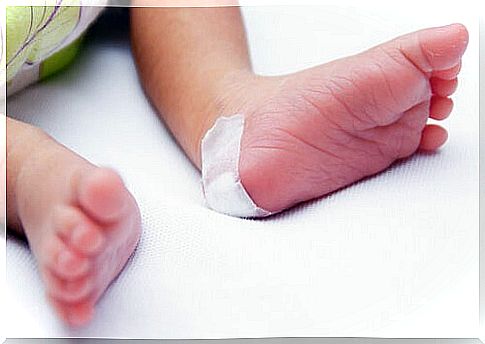
What happens if the result is positive?
You should keep in mind that the verdict is available within 6-8 weeks, generally. The results are written in the child’s medical records, which should be kept for all future visits.
In those cases in which it is determined that the result is positive, the previous reviews will be carried out for the complementary or specialized confirmation test.
On these occasions, the laboratory will contact you immediately to make an appointment and repeat the test. You will have to return to the hospital or clinic to take a blood sample from your baby’s heel again and repeat the test.
If the diagnosis is confirmed after this second test, the family should contact a center specialized in metabolic diseases, so that they can help and guide in the best possible way.
Treatment depends on the diagnosed disease. If the baby, for example, suffers from hypothyroidism or adrenal hyperplasia, he will have to take a hormone replacement for life. However, if you are diagnosed with hemoglobinopathy, you will only need to undergo preventive treatment against some infections.
Diseases that can be diagnosed
Most of the diagnosed diseases are congenital metabolic disorders that, even if they do not yet manifest with specific symptoms, can alter and compromise the correct development of the baby.
Certainly, when dealing with newborn babies, most of the diseases detected are rare. Therefore, it is very important that its location is early to intervene before the ailment manifests itself.
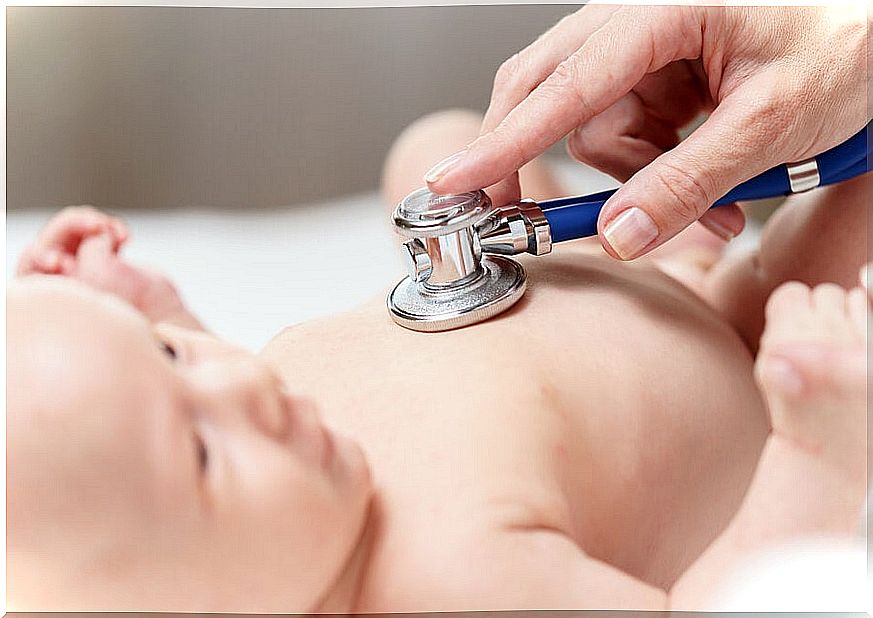
Some of the diseases that can be detected are:
- Cystic fibrosis.
- Congenital hypothyroidism.
- Congenital adrenal hyperplasia.
- Hemoglobinopathies, such as sickle cell anemia.
- Inborn metabolic errors related to the metabolism of fatty acids, carbohydrates, and amino acids, including galactosemia and phenylketonuria.
- Infections, such as human immunodeficiency disease (HIV) and toxoplasmosis.
If the diseases are diagnosed in time, it will be possible to provide the child with adequate treatment so that they lead a life as normal as possible, without long-term complications.
Ultimately, the heel test is essential to detect congenital diseases early after birth, and even before symptoms appear.
Lastly, keep in mind that you should be willing to comfort the baby once the exam is done, as he or she could get a little nervous. Remember that it is a very beneficial test, since it allows you to guarantee your health.
